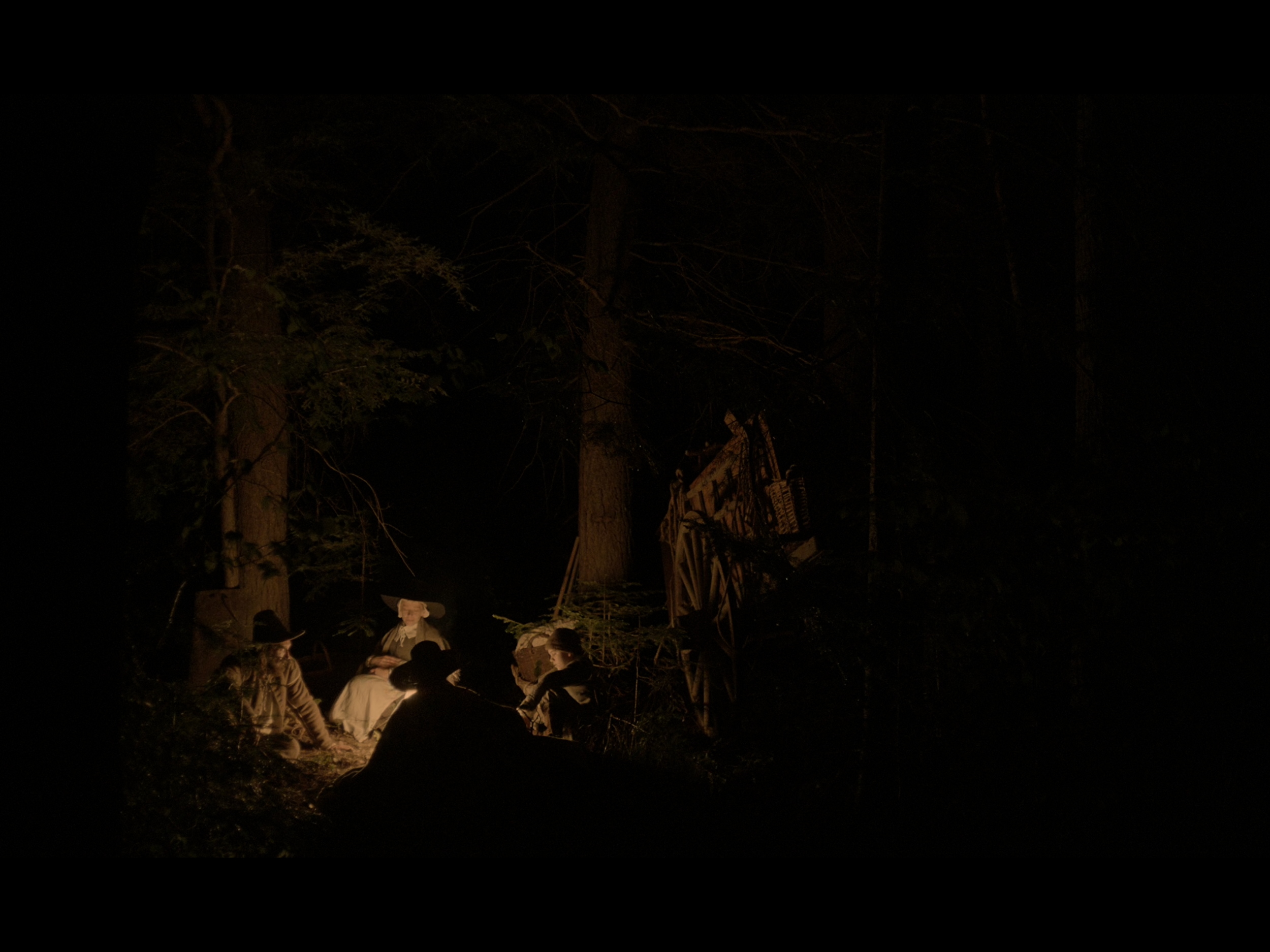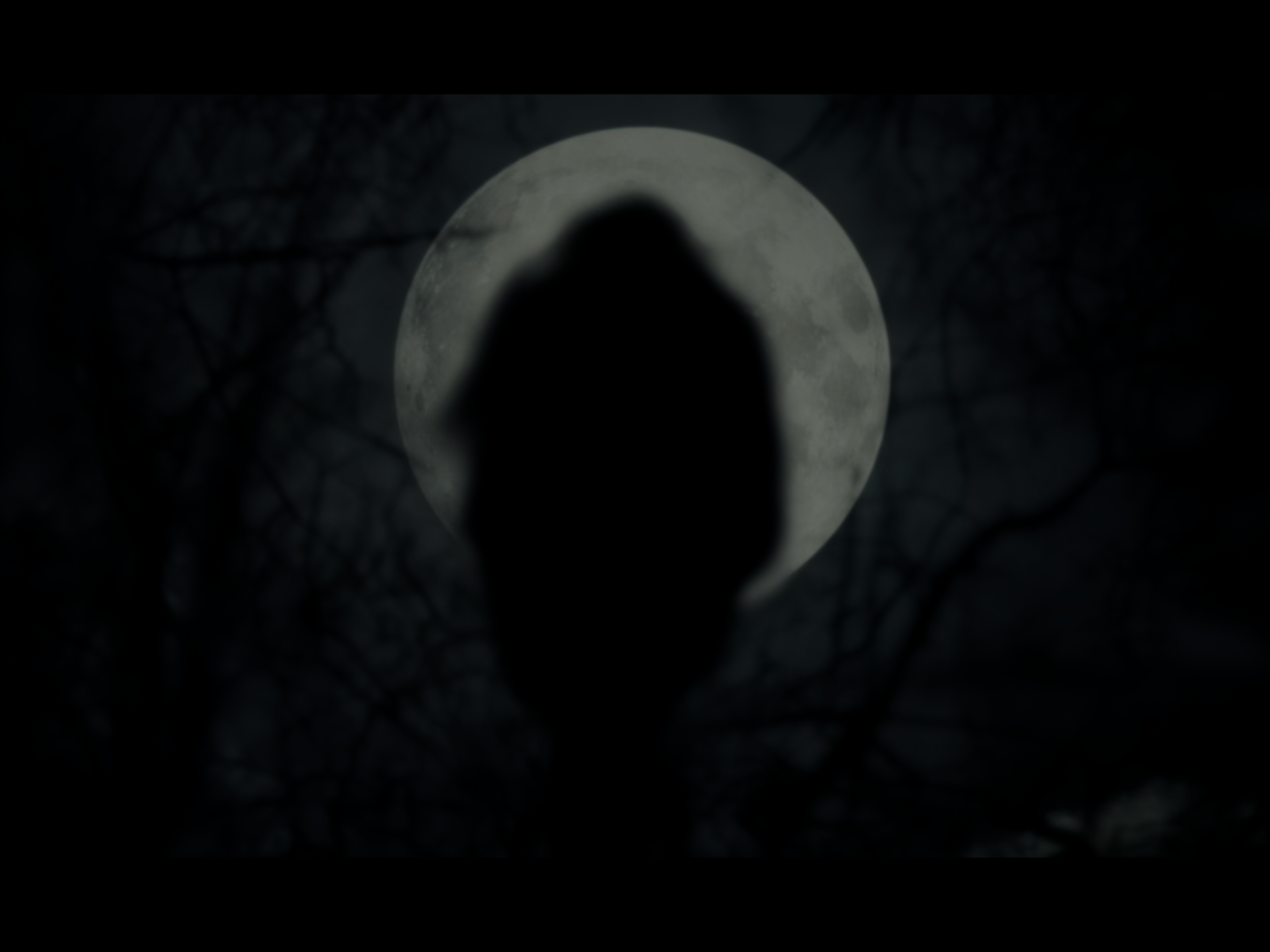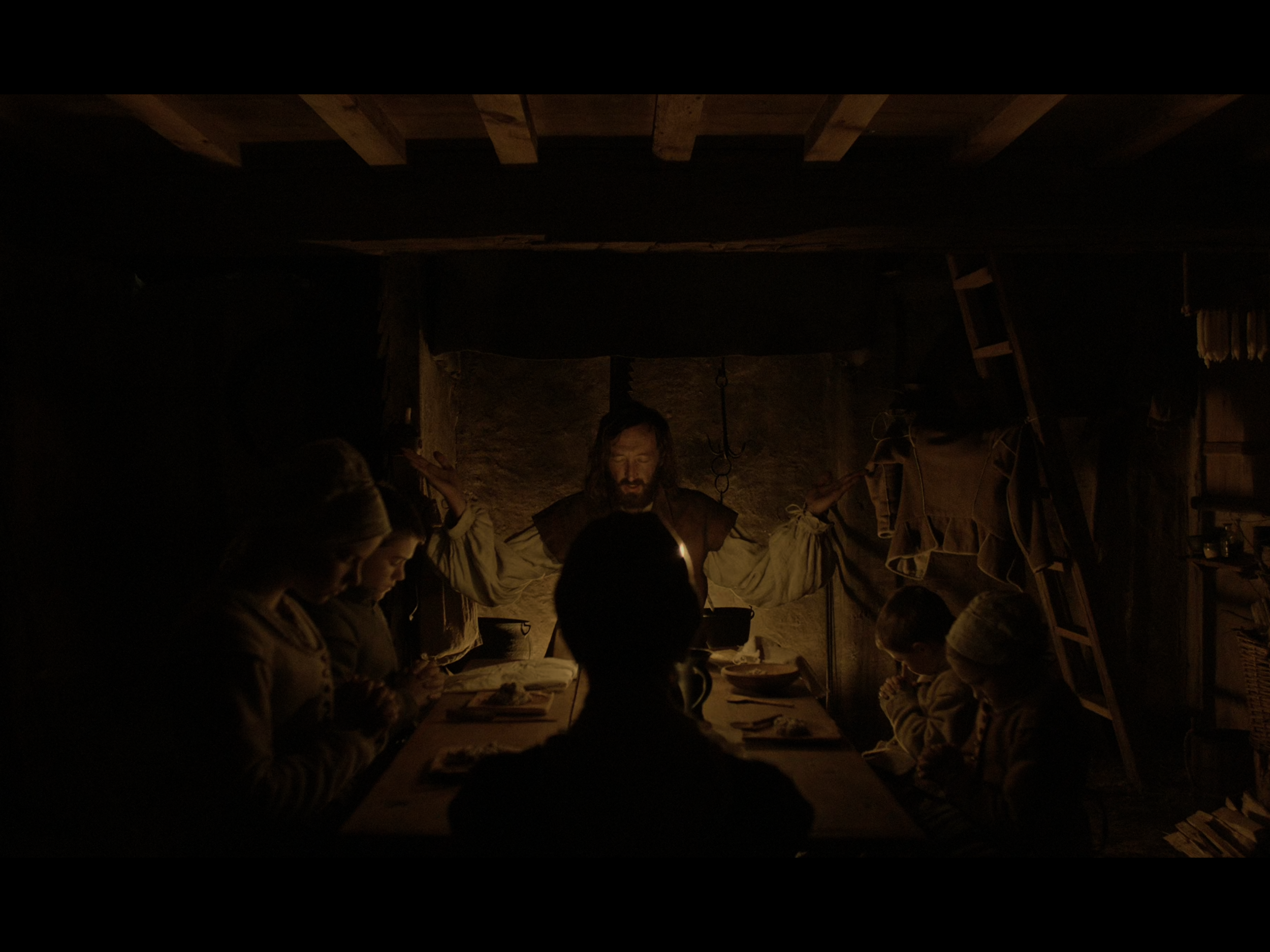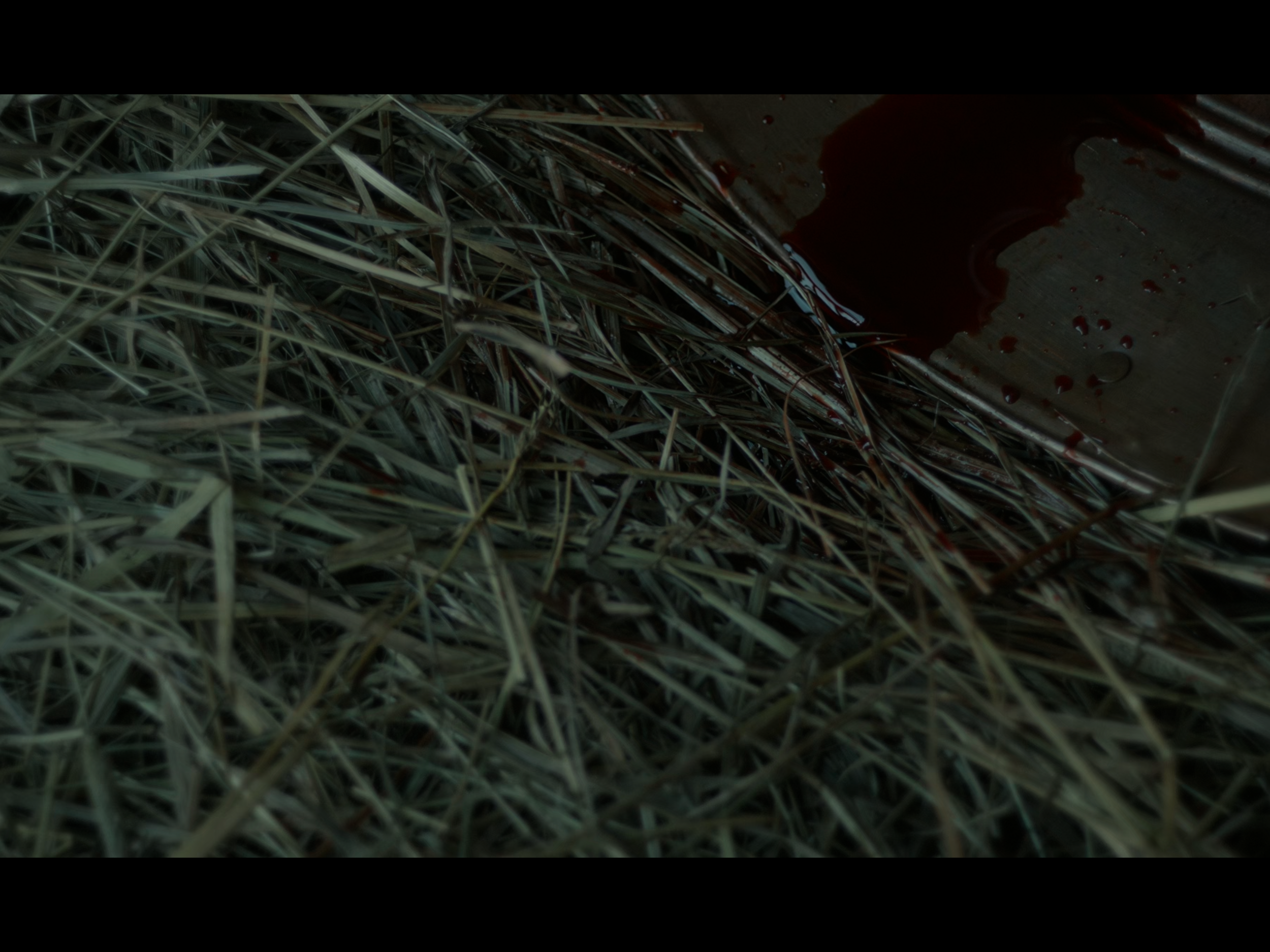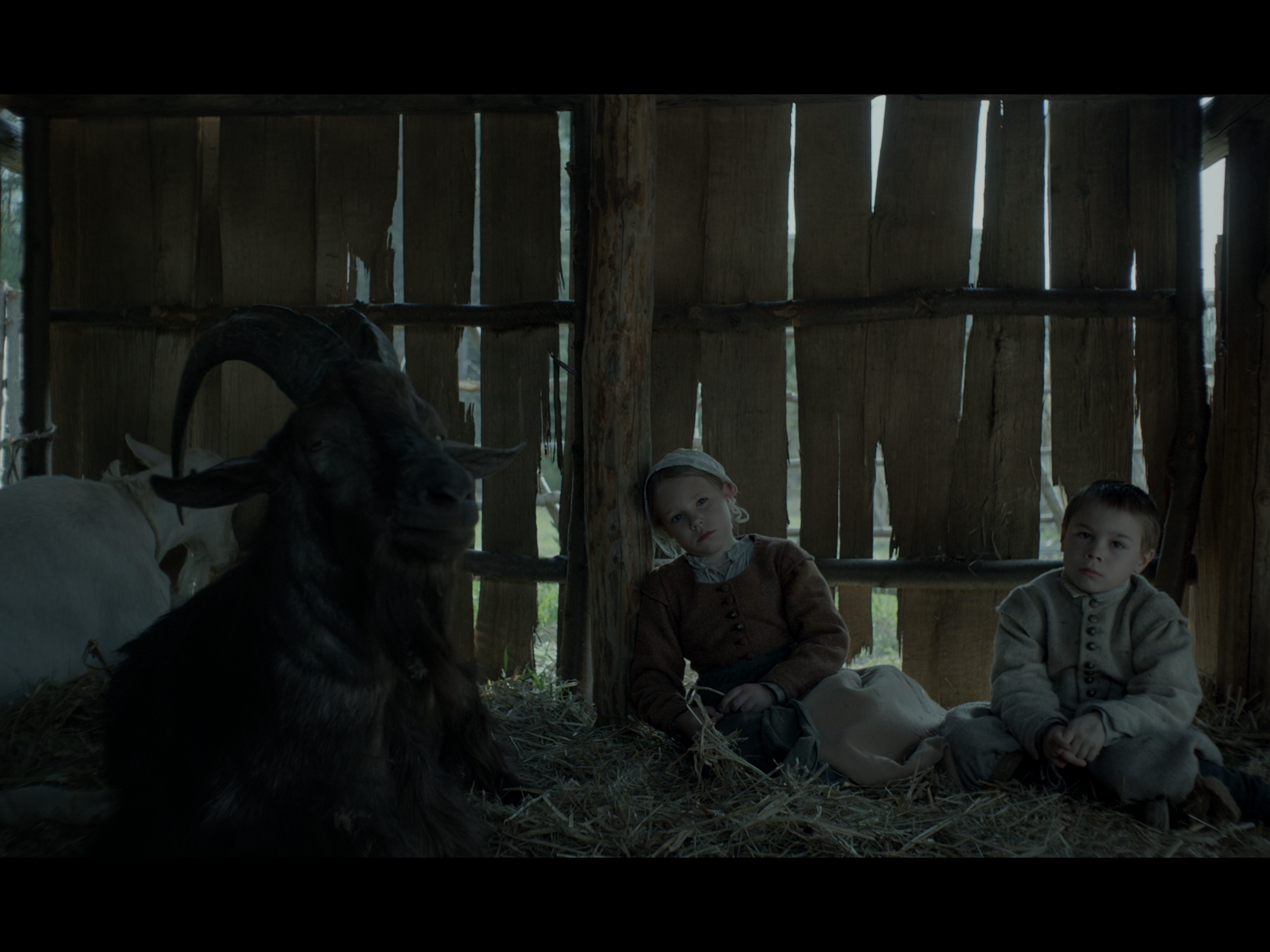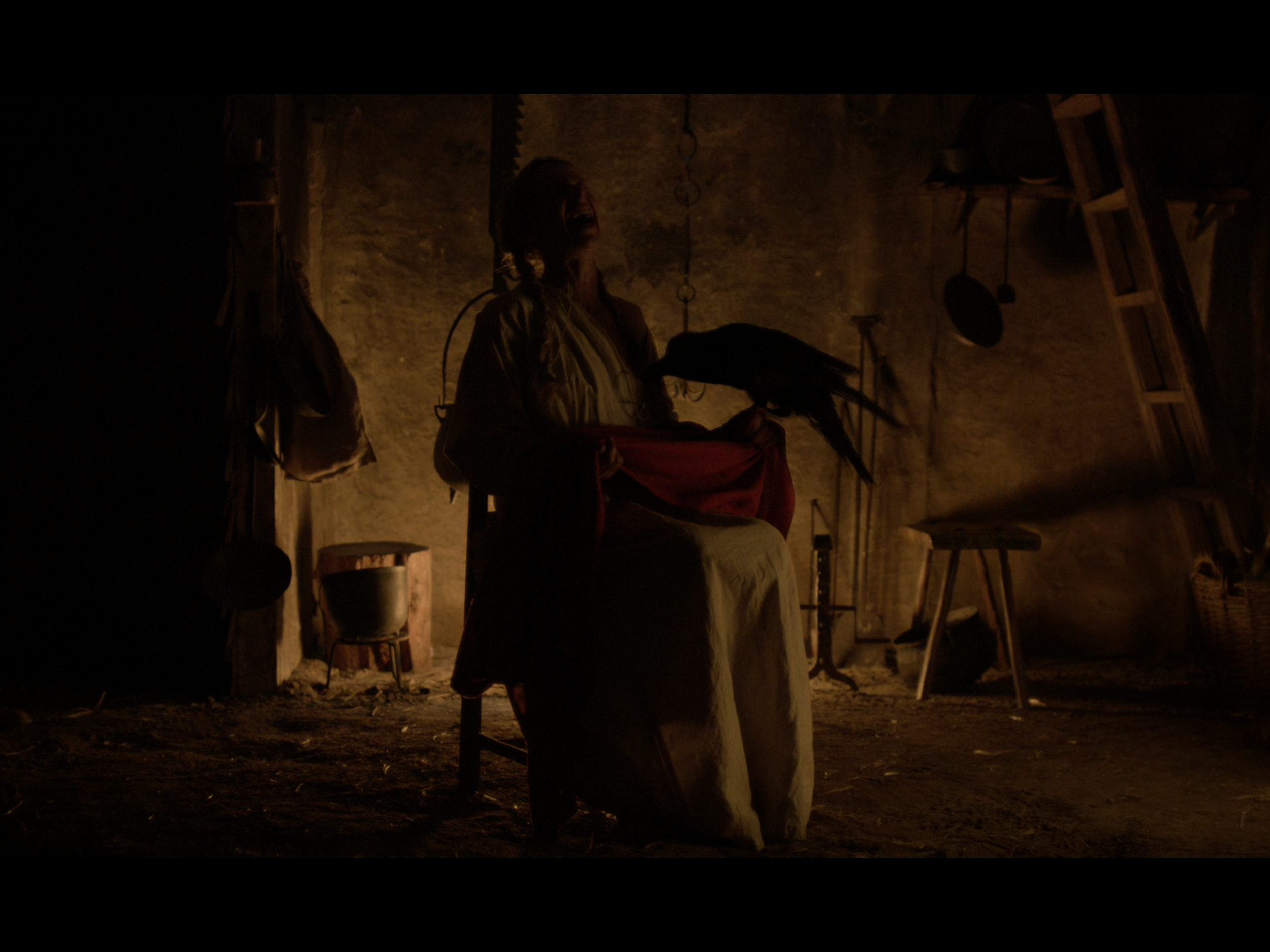The Witch (2016)
Robert Eggers’ “The Witch” is a masterwork of atmospheric horror, a film that feels less like a story being told and more like a historical artifact, unearthed from a time when witches weren’t merely a matter of folklore but of tangible, deeply embedded fear. The film immerses you in the 17th century itself, into the chill and isolation of a Puritan family splintering under the weight of faith, fear, and suspicion.
Much of this sensory immersion is owed to Jarin Blaschke’s extraordinary cinematography, which is as much a character in the film as the terror within the woods. Blaschke, working in tandem with Eggers, crafts a visual language that feels grounded in naturalism yet charged with something otherworldly. Natural light reigns supreme as every frame is bathed in the cold gray of overcast skies, the dim flicker of firelight, or the silvery wash of moonlight. Unlike the stylized chiaroscuro of many period dramas, Blaschke eschews overt romanticism in favor of sharp, unvarnished realism.
Blaschke’s use of light and shadow and sparse, invisible camera movement not only grounds the film’s supernatural elements but enhances the crushing isolation of the family within their harsh, uncaring environment. The camera captures the dense line of trees hemming them in from all sides, a visual representation of both physical and psychological entrapment. And yet, there’s an eerie beauty to these images, an aesthetic born from moral ambiguity and primal fear. It’s no coincidence that Blaschke’s work here would evolve into a hallmark of Eggers’ later films, from the B&W dread of “The Lighthouse” to the mythic grandeur of “The Northman.” In many ways, this film was the genesis of an aesthetic style that has come to define their collaborations: a marriage of meticulous historical accuracy and an unrelenting sense of dread.
Another thing I find fascinating is the duality embedded in its title. At first glance, it seems simple enough—this is a film about a witch, the crone in the woods who preys on the baby Sam early in the story. That sequence is almost unbearable to watch, its horror amplified by how unflinchingly Eggers captures the act with a lingering camera that refuses to cut away from the old hag running her hands across Sam’s body. The witch is the stuff of nightmares: grotesque, vile, and disturbingly real. Her presence feels like an intrusion, a manifestation of something entirely other. But the title doesn’t stop at her.
By the film’s conclusion, it becomes clear that “The Witch” is also about Thomasin—the witch she becomes, or the one she’s accused of becoming. Thomasin is both victim and agent, trapped by her family’s religious paranoia yet ultimately transcending it in a way that is both liberating and profoundly disturbing.
In many ways, this is a coming-of-age story, though not in the conventional sense. Anya Taylor-Joy brings Thomasin to life with startling emotional clarity, her performance rippling with a mix of quiet desperation and simmering defiance. As her family projects their religious fervor and fears onto her, Thomasin becomes the scapegoat for their crumbling faith and misfortune. Her journey is not merely about growing up, it’s about survival, self-reclamation, and, ultimately, transformation.
What complicates this transformation, and what makes this film such a potent critique of religious extremism, is Eggers’ refusal to simplify the story into easy binaries of good and evil, Christian and pagan. Instead, he explores the porous boundary between these forces, showing how the family’s rigid Puritanism and the ancient paganism of the woods are locked in a kind of tragic, s dance. The film’s horror comes from the recognition that these belief systems, for all their opposing ideologies, are equally capable of extracting a terrible cost.
Eggers approaches these subjects not as a judge but as a scholar. His filmmaking feels like an excavation of history’s dark undercurrents, an exploration of what happens when faith is stretched to its breaking point. The family’s battle against the Devil is not simply a supernatural struggle, it’s a mirror held to their own internal fractures, their suppressed desires, their unspoken doubts.
By the time the film reaches its provocative conclusion, I felt both mesmerized and unsettled. Thomasin’s final act, her submission, or ascension, depending on how you read it, is unforgettable. “The Witch” offers no easy answers about what leads her to that moment. Was it necessity? Choice? Destiny?
This ambiguity lingers, much like the film itself. Like Jarin Blaschke’s spare, haunting visuals or Mark Korven’s jagged, nerve-shredding score, “The Witch” casts a long shadow. It burrows deep into the psyche, leaving you wrestling with its themes. Eggers’ debut is, in many ways, a fable about discovery: of self, of power, and of the darkness lurking in the woods. And perhaps, within ourselves.

